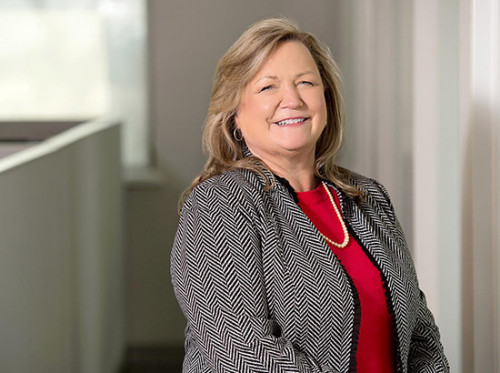By J'non Griffin, RN, MHA, HCS-D, COS-C, HCS-H
Principal, SVP, Coding & OASIS
Among a gauntlet of issues ahead for home health providers in 2023 lies a thorny clinical operations question that is just now beginning to receive the attention it deserves.
What will an estimated 4-hour completion time for the OASIS E assessment mean for productivity and skilled labor costs next year?
In fairness, this question has had some stiff competition from other issues this year.
Ongoing staffing shortages, a double-digit year-over-year wage hike, an 8 percent inflation rate, Medicare’s no-room-to-breathe reimbursement rate, preparation for the first performance year under the new Home Health Value Based Purchasing Model, and more …
Take your pick.
When the industry spotlight has previously turned to OASIS E assessment, Medicare’s complex new patient assessment instrument launching on Jan. 1, 2023, most of the attention has centered around the new assessments and standardized patients data elements it requires, and the training needed for clinicians to be able to complete it. And rightly so, because the E version will be the most comprehensive remake of Medicare’s patient assessment instrument since the OASIS was introduced back in 1999.
But the prospect of a four-hour completion time for the OASIS E assessment is finally beginning to turn heads in the industry, and it’s causing some consternation due to its implications for productivity and skilled labor costs.
Direct care costs have been rising for months, and agencies are under enormous pressure regarding productivity in light of next year’s 0.7 percent Medicare reimbursement rate.
A 4-hour completion time is daunting. That’s an hour longer than it takes to complete the current version of the OASIS. But no matter how those of us at SimiTree look at it, we expect the total time for OASIS E completion at start of care (in-home assessment time plus documentation) to total around four hours.
We have some concerns that it may take even longer than four hours to complete the OASIS E assessment in the first few months of the year, as clinicians learn the new assessment and become accustomed to the reordering of many questions.
SimiTree Operations Consulting Director John Rabbia sometimes describes the adjustment we anticipate as a "Who moved my cheese?” moment for OASIS clinicians everywhere, and I feel that is an apt description for what is coming.
On the positive side, most of us feel that the reordering is a good thing, overall, bringing a more logical flow and structure to the OASIS.
As we head into the last stretch of the year before the implementation of OASIS E, our concerns are twofold:
- Many agencies still do not realize the expected productivity impact, and may be blindsided.
- Some of the agencies who are anticipating the productivity impact may be looking at potentially questionable attempts to save time and money.
Some clients have shared with us their concerns about paying a skilled nurse for the full time it will take to complete the OASIS E. They’re asking about workarounds, such as using an LPN to handle some of the simple questions and letting an RN complete and sign off on the assessment. We certainly understand the desire to save time and money, but we caution agencies against trying to game the system in this way to save time and money.
Remember that the OASIS is a skilled assessment, not busy work. Even the benign questions are part of a crucial overall assessment that requires clinical judgment and observation skills to pick up on subtle signs, symptoms, and nuanced changes.
Clinicians are allowed to collaborate, but I would not feel comfortable with crossing a line to try and use collaboration to save the cost of an RN’s time.
My advice? Before undertaking any questionable changes in who performs the OASIS E assessment, take this question directly to CMS for official guidance on whether it is allowable.
And in the meantime, reach out to us at SimiTree for an operational assessment to see if there are other ways to streamline workflow, address scheduling issues, make process improvements, and otherwise address productivity.

